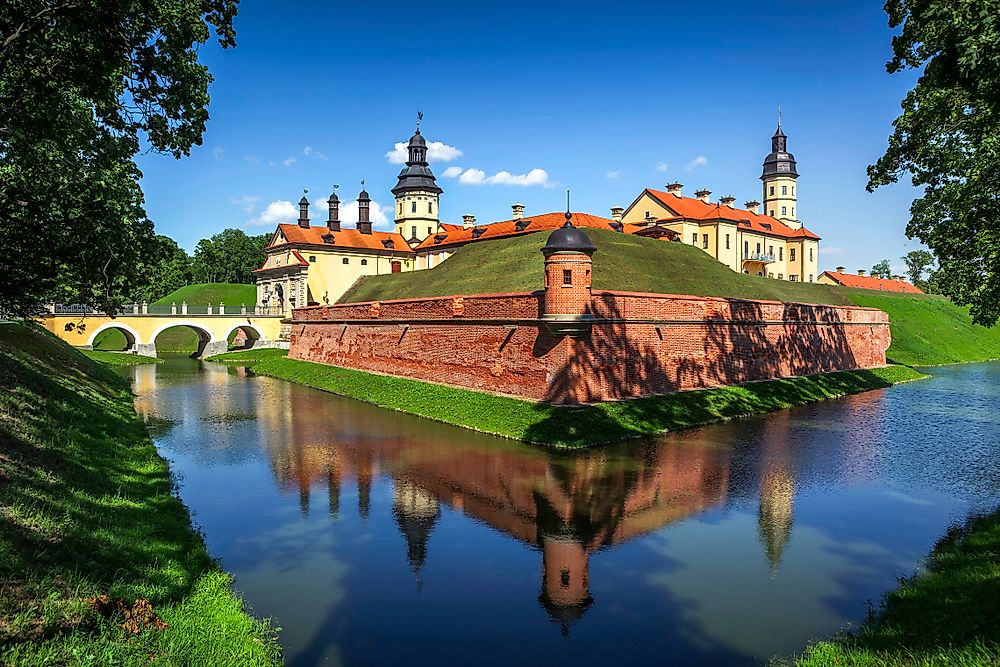What Is The Origin Of The Name Belarus?

Belarus, previously known as Belorussia or Byelorussia, is a landlocked state situated in eastern Europe. Belarus is surrounded by Latvia, Lithuania, Poland, Ukraine, and Russia. It is an independent European state that occupies an area of about 80,153 square miles, with a population of about 9,491,800 people. Minsk is the most populous and capital city of Belarus. Belarus was part of the Soviet Union until August 25, 1991, when they declared their independence.
The Origin of the Name Belarus
The name Belarus is related to the phrase "Belaya Rus" which means "White Rus". The term "Rus" is usually merged with its Latin form Ruthenia and Russia; therefore Belarus is sometimes referred to as White Ruthenia or White Russia. The name "White Russia" appeared in Latin and German medieval literature; the Jan-Czarnkow chronicles which mentioned that the Lithuanian grand duke Jogaila was imprisoned in 1381 in "Albae Russiae, Poloczk-dicto". In various languages like Dutch and German, "Albae Russiae" is referred to as "White Russia". Sir Jerome Horsey was the first man to refer to Belarus as "White Russia" during the late-sixteenth century. The Russian Tsars used the phrase "White Rus" when referring to the land they annexed from Lithuania during the seventeenth century.
The name Belorussia appeared during the reign of the Russian Empire. The Russian Empire was made up of three regions; the White (Belarussians), Little, and Great Russia. The Phrase "White Russia" caused a lot of confusion after the Bolshevik Revolution, since it was the name of the army opposing the Red-Bolsheviks. The name Byelorussia was embraced during the time of Byelorussian SSR. The region was known as Byelorussia SSR until 1991 when the government declared that the newly independent nation would be known as Belarus.
Geography
Belarus is relatively flat with vast tracts of marshy land. Forests cover over 40% of the country's territory. There are 11,000 lakes and several streams in Belarus, with the three main rivers running through the country being Dnieper, Pripyat, and Neman Rivers. The 1,132 foot high Dzyarzhynsk hill is the highest point in Belarus while the lowest point is situated in River Neman. River Dnieper flows into the Black Sea, while Neman drains into the Baltic Sea. Over 70% of the radiation from the Chernobyl nuclear disaster entered Belarus, affecting a fifth of their terrain.
Demographics
Belarus had a population of about 9.49 million people by January 2016. Some of the largest ethnic groups in the country include Belarusians (83.7%), Ukrainians (1.7%), Russians (8.3%), and Poles (3.1%). The country has a population density of about 127 individuals per square mile. Over 70% of the residents live in urban areas. Like most east European states, this country has a negative population growth. Belarus's population reduced by 0.41% in 2007. Over 69.9% of the residents were aged between 14 to 64, 14.6% over 14 years old, and 15.5% below the age of 14 by 2015. More than 99% of the residents above the age of 15 are literate. The two official languages of Belarus are Belarusian and Russian. Over 70% of the population converse in Russian at home while Belarusian is the first language of 23% of the residents.











